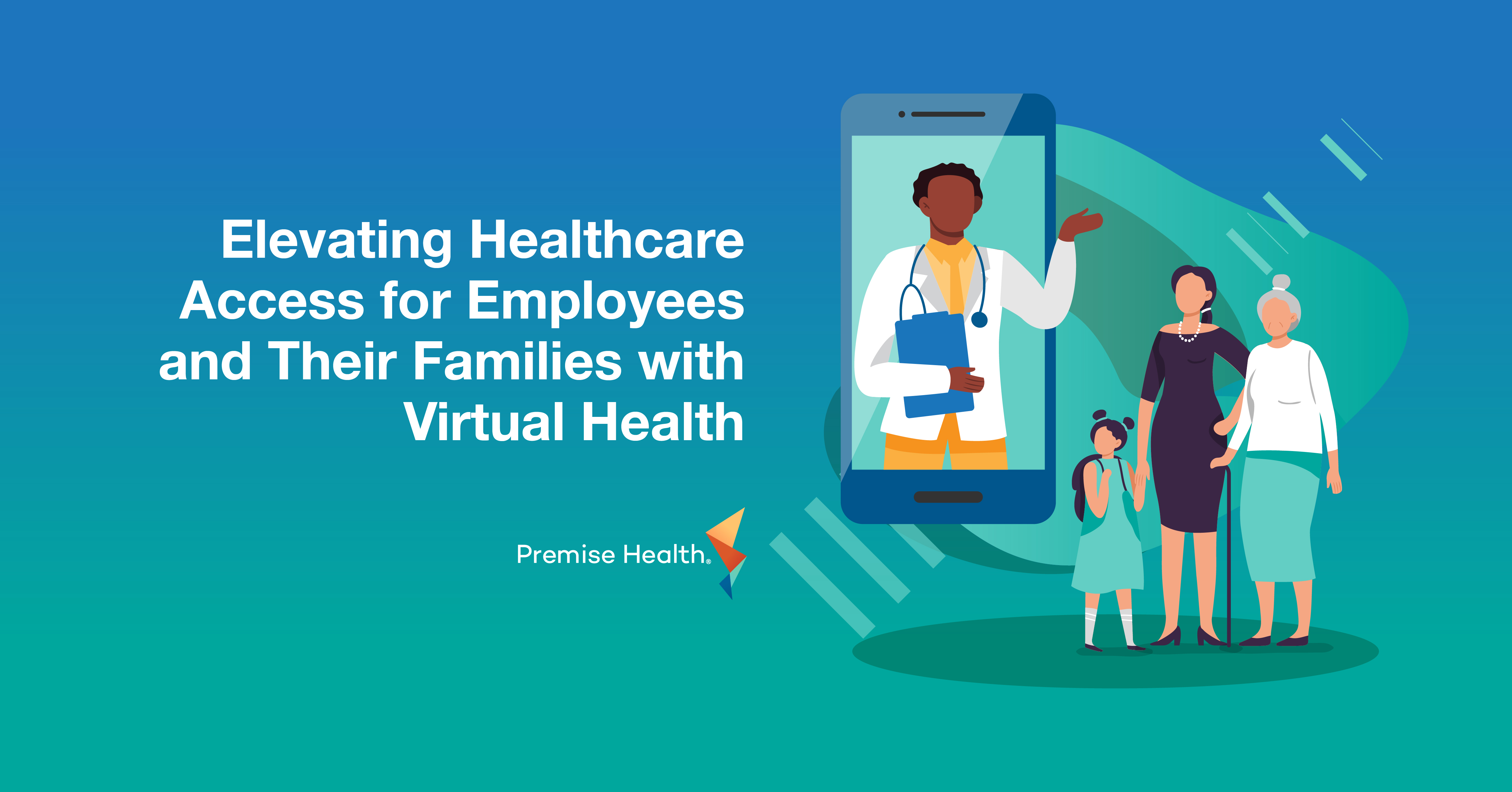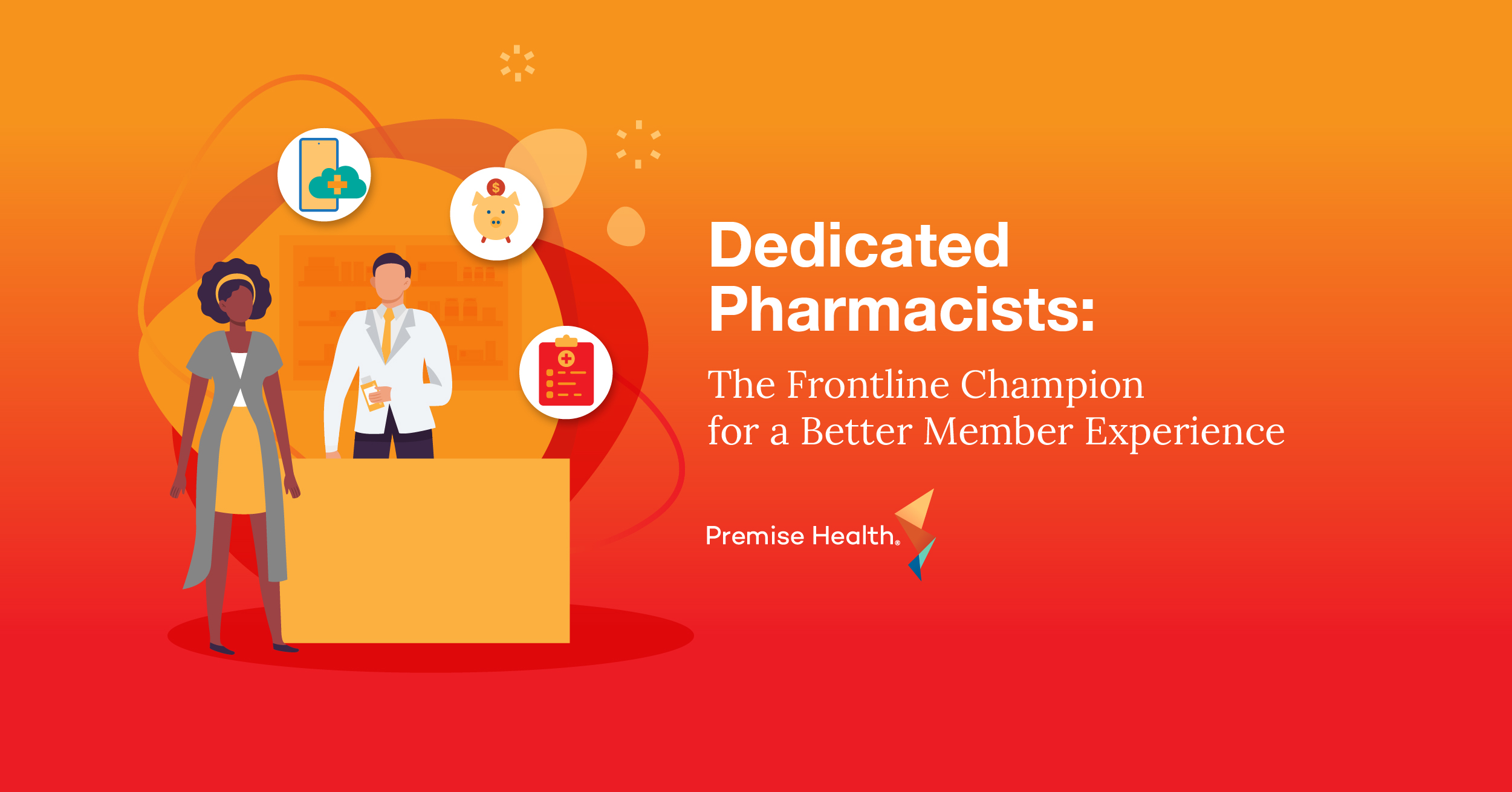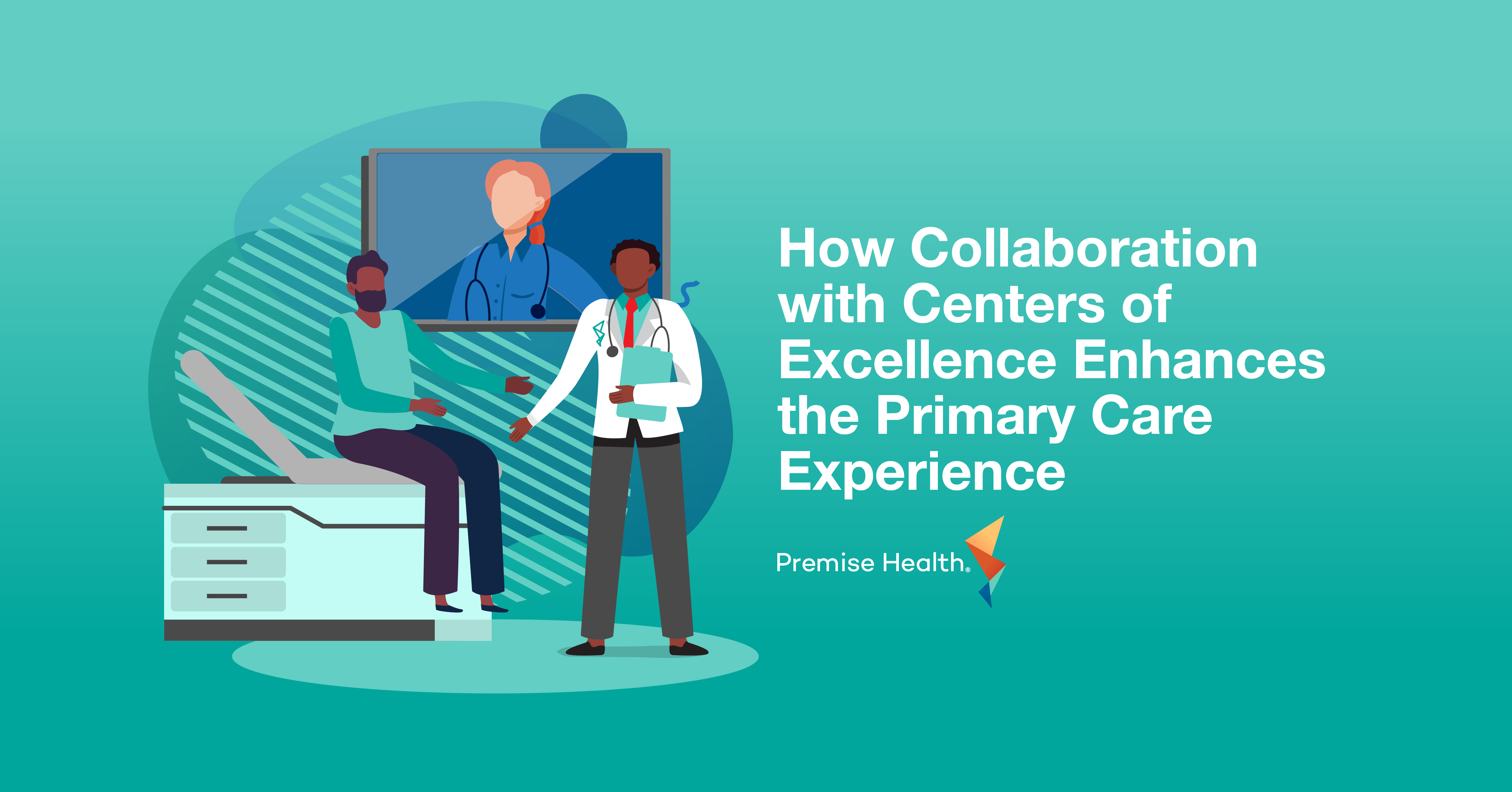Massage Therapy: Knot Your Average Workplace Perk
Whether you have a standing appointment with a massage therapist or have never been on the table, massage might be the last thing you expect to see on your list of employee health benefits this year. But in a modern era of holistic care, it may fit in better than you think.
From relieving muscle and joint pain to supporting healthy pregnancies, the positive effects of massage are becoming more mainstream, and so is support for its integration into a whole-person approach to health. In fact, in 2022, 86% of people who received a massage said they believed massage should be considered a form of healthcare.
But, we all know what a struggle it can be to squeeze in an appointment with a primary care provider, and it can be even harder to fit self-care into the schedule. Luckily, just as organizations can help employees prioritize traditional healthcare through their benefits program, an employer-sponsored massage service can make it easier for members to make time for themselves, too.
The Benefits of Massage in the Workplace
Why would an organization want to incorporate massage into employee health benefits in the first place? It boils down to this: Employers who aren’t actively working to reduce stress and promote wellbeing amongst their workforce are risking far more than a few minutes of relaxation. More than half of employees say their job is the biggest factor influencing their mental health, and healthcare expenses are 50% greater for workers experiencing high levels of stress.
When an organization makes stress relief breaks like massage available in the workplace, they demonstrate their investment in employee wellbeing. It’s common sense – without chronic pain, flagging energy, and anxiety, healthier employees are happier employees. But the success goes even further than that. Studies show that happy employees are 12% more productive than their less-satisfied counterparts.
And in a job market where over half of all employees worldwide are looking for a new position, job satisfaction has never been more important – not just for retaining talent, but for recruiting it as well. When an employer can offer a unique set of benefits that prioritize employee wellness, they can appeal to the with 88% of job-seekers who factor benefits into their decision when choosing between a high-paying job and a lower-paying job with better perks.
How Massage Fits Into Your Benefits Strategy
Because of its holistic physiological effect on the body, massage can be a powerful part of an integrated approach to health and wellness and serve as a complement to other health benefits for employees and dependents, including:
Primary Care
Regularly getting a massage is shown to impact a person’s whole body health: It improves sleep, boosts immune and digestive function, decreases blood pressure for up to 72 hours, and even relieves symptoms of chronic conditions. This holistic impact makes massage one of many tools available to treat a multitude of health concerns when paired with personalized primary care. Plus, marrying both in a single benefits package can make it easy for employees and their families to get referrals to and from a massage therapist who understands their needs.
Musculoskeletal
Whether an employee is working days at a desk or weeknights at a warehouse, musculoskeletal concerns are never off the table. Massage therapy can ease pain and tension in parts of the body most commonly affected by strain, including the back, head, neck, and knees, while building on care delivered through other musculoskeletal treatments.
When massage is added to a holistic health plan, massage therapists function as part of an integrated care team that includes chiropractors, acupuncturists, physical therapists, and more. Having convenient access to in-house expertise and cross-trained specialists can be the encouragement employees need to address pain and discomfort before it becomes a costly injury.
Behavioral Health
Seven in 10 employees would like their company and managers to do more to support their mental health. While onsite or nearsite counseling is a good first step for organizations looking to do more in this area, pairing counseling with massage can go far in addressing the day-to-day stressors that are driving the current mental health crisis. Between conversations with their counselor, employees can leverage as little as 15 minutes of massage to activate their parasympathetic nervous systems, decreasing their heart rate, systolic and diastolic blood pressure, oxygen consumption, blood pressure, and cortisol levels.
Bringing Massage to Your Workplace
From full-body options like chair or sport massage to specific treatments like myofascial or target touch massage, giving your people convenient access to massage services can be a gamechanger for promoting self-care in your organization.
Premise Health partners with employers to customize their benefits and meet their people’s needs with a full selection of complementary services to help your people feel their best without the high cost and long waits for appointments. Interested in learning more? Get in touch today to get started.
Next on industry insights.

Elevating Healthcare Access for Employees and Their Families with Virtual Health
Read the Blog
Dedicated Pharmacists: The Frontline Champion for a Better Member Experience
Read the Blog